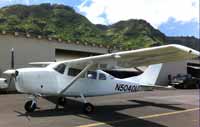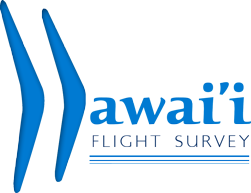About Hawaii Flight Survey

Excellence in Flight
Flying in itself is not really that difficult. Flying well, on the other hand, can be. Anyone with a bit of training can fly a plane and throw it around the sky. But can they fly the plane on an exact altitude, at an exact airspeed and on an exact heading? Then, after all that, can they fly like that for hours – day in, day out – for as long as that project requires? That's the difference between a bad, mediocre or good pilot.
I was introduced to aircraft as early as as I can remember. My father, an avionics technician in the R.A.F, showed me all the aircraft in the R.A.F and I was hooked. Ever since, I wanted to fly. Unfortunatly it was not to be until my late 30s and had emigrated to the U.S. that this became a possibility. After moving to Hawaii in 1998, it became possible to begin flight training.
After acquiring my commercial rating, I was ready for the world of commercial flying, or so I thought. The first big lesson I learned: having a commercial rating doesn't neccasrily make you a commercial pilot. I got my first commercial job as a survey pilot only to discover how much I did not know. And so began a steep learning curve into the intricacies of flying the plane to a zero zero tolerance.
The only standard I adopt for myself is excellence, a lesson learned during my time with the British Army. It is the standard to which I hold pilots that fly for Hawaii Flight Survey, and is the standard that the pilots who fly for us must adopt for themselves.

